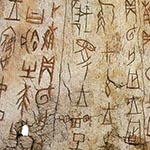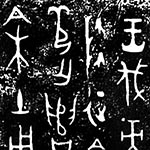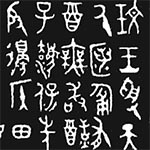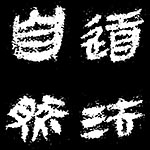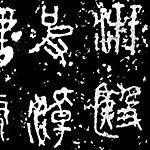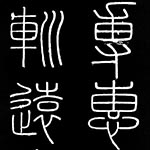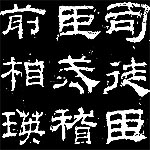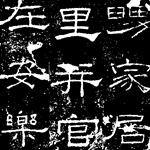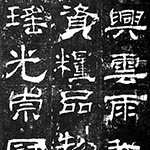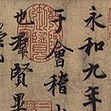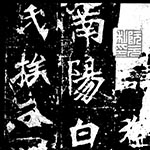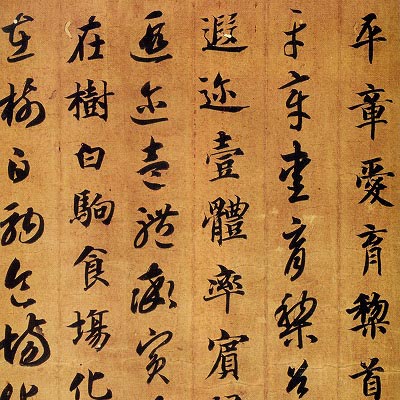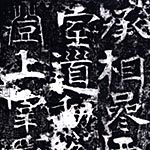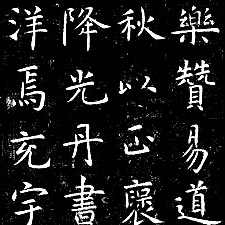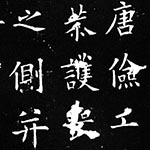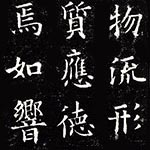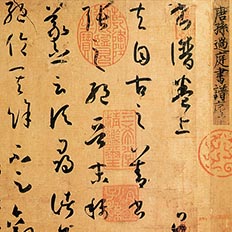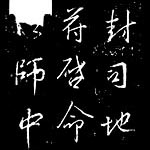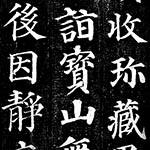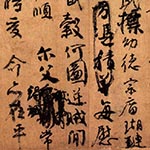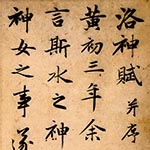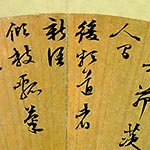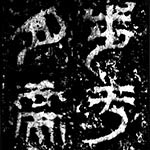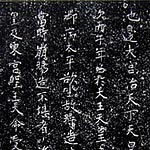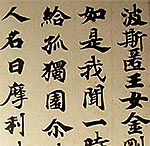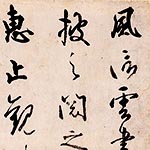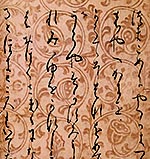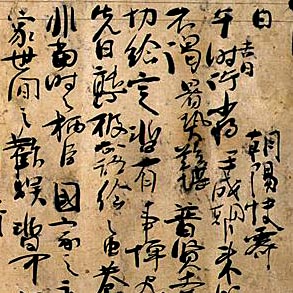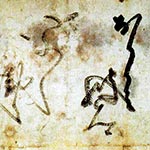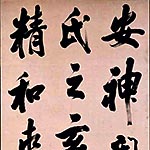List of outstanding Chinese and Japanese calligraphy masterpieces in chronological order
|
History of Chinese calligraphy: famous masterpieces by era
Xia dynasty (夏朝, 2070 - 1600 B.C.E.)
Shang dynasty (商朝, 1600 - 1046 B.C.E.)
Zhou dynasty (周朝, 1046 - 256 B.C.E.)
Spring and Autumn Period (春秋時代, 722 – 476 B.C.E.)
Warring States period (戰國時代, 475 – 221 B.C.E.)
Qin dynasty (秦朝, 221 – 207 B.C.E.)
Han dynasty (漢朝, 206 B.C.E. - 220 C.E.)
Three Kingdoms period (三國時代, 220 - 280 C.E.)
Jin dynasty (晉朝, 265 – 420 C.E.)
Southern and Northern Dynasties (南北朝, 420 - 589 C.E.)
The Sui Dynasty (隋朝, 581–618 AD)
Tang dynasty (唐朝, 618 – 907 C.E.)
Five Dynasties and Ten Kingdoms (五代十國, 907 – 960/979 C.E.)
Song Dynasty (宋朝, 960 - 1279 C.E.)
Yuan Dynasty (元朝, 1279 - 1368 C.E.)
Ming Dynasty (明朝, 1368 – 1644 C.E.)
Qing dynasty (清朝, 1644 - 1911)
The Republic of China (中華民國, 1912 - 1949)
People's Republic of China (中華人民共和国, 1949 - present)
|
History of Japanese calligraphy: famous masterpieces by era
Asuka period (飛鳥時代, 592 -
710 C.E.)
Nara period (奈良時代,
710 - 794
C.E.)
Heian period (平安時代,
794 - 1185 C.E.)
Kamakura period (鎌倉時代, 1185–1333)
Muromachi period (室町時代, 1336 - 1573)
Azuchi-Momoyama (安土桃山時代, 1568 - 1603)
Edo period (江戸時代, 1603 – 1867 C.E.)
Empire of Japan (大日本帝國, 1868 - 1947)
Modern era (1947 - present)
|
